Recently, from Ho Chi Minh City, Tran Duong had a meeting to share about her profession with the Hanoi public at Tu Thi communal house (Hoan Kiem, Hanoi). At the event, she took the time to chat with Hanoi Moi Cuoi Tuan, sharing interesting perspectives on her profession and her passion for creating with ribbons.

- The street has a strange, beautiful name and must carry many expectations from the family?
- Yes, my name is based on the phrase “Kim Ma Ngoc Duong” in “Truyen Kieu” (“Who told you to swear by the jade/ Who are you now sharing the golden horse and jade with?”). Perhaps my grandfather wanted his granddaughter to have a prosperous life, and my mother said she wanted me to grow up to be a nostalgic person who loves traditional cultural values.
- And your name has followed your career. People often say that as a teenager you never held a needle and thread, but when you grew up you became an artist. But I believe your artistic talent lies not only in your hands?
- I think that artistic talent is partly genetic, partly due to family education , and partly due to the learning process. When I was young, my mother often took me to the bookstore, bought me books, stories and movies. She also spent time recording fairy tales or cartoons on TV while I was at school. She also spent time reading poems, telling stories and teaching me songs. Because of such a foundation, my exposure to art, although slow, was deeply formed. I remember that when I was in college, I didn't even know who Van Gogh was, but later, through the process of reading books and looking at paintings, I gradually felt the beauty of art.
- So what learning and life experiences gave you important decisions regarding the art of ribbon embroidery?
- I am very grateful for my studies at Van Lang University, which has had a great influence on me later on. In the early years, I learned the principles of color, composition, and traditional drawing classes such as pencil, watercolor, and oil painting, in addition to creative theory, cultural foundations, and art history. This created a solid foundation for my later work. For example, anatomy gave me a deeper insight into the structure of living things, which in turn shaped my analytical thinking about flowers, animals, and insects.
At Van Lang, it was the first time I learned that colors can be used to describe taste, touch, and the seasons of the year. A year and a half of studying these things gave me a deeper insight into art, even though my major was industrial fine arts. In the following two and a half years, studying the major gave me a more practical perspective: How to make my products highly applicable. I still remember my department head at that time - Mr. Ngo Hoang Viet - once said that his major (interior design) had to follow the principle: Correct - Enough - Beautiful.
Besides, I have to mention the Chinese book my mother bought around the beginning of 2000 at Fahasa Nguyen Hue Bookstore. It was one of the rare books about women's work sold here, consisting of three main parts: Hand embroidery, cross-stitch and ribbon embroidery. The ribbon flower patterns were also quite simple but they brought a cheerful, innocent, and vibrant atmosphere. These embroidery patterns influenced my early creative process.
- Duong's ribbon embroidery art has appeared and resonated with the fashion works of many great designers. How can the two sides find a common voice when they are both creative and full of personality?
- Usually, before creating a collection, the designers and I have in-depth discussions about the ideas, materials or messages they want to convey. Most of the designers have been following my work for a long time, they have a pretty clear concept of what I can do, about my individuality in creation, so most of them give me a pretty comfortable creative space.
- Were the silk and other embroidery materials used by the Tang Dynasty sourced domestically? What were the advantages and disadvantages of experimenting with new materials?
- Currently, the silk materials I am using come from two craft villages, Nha Xa and Ma Chau. I also use raw silk from Bao Loc and Toan Thinh. However, there are some materials that I have to order from abroad such as silk ribbon, raw silk crepe, ribbed chiffon... because I cannot find domestic sources.
Usually when I experiment with a new material, I do it with a sense of playfulness, treating it as a mini game that I set for myself. Like a child playing with clay, I often immerse myself in the process of shaping and don’t care much about the result. But once I have a result that can be put into production, I will find a way to optimize it to bring the best experience to the user.
- Did the recent exchange with the public and traditional embroidery artisans in Hanoi bring you any new emotions and creative ideas?
- After more than 10 years of working, I am quite familiar with guiding workshops. This time, after the guidance session for students from the School of Interdisciplinary Sciences and Arts - Hanoi National University, I am very happy that some of you who are interested in this embroidery technique have proactively contacted me for advice and learning. For me, this is also a process where I can learn from you, consider your ideas and discuss how to implement them, as well as find new steps forward. I am also aiming to convey techniques as well as artistic inspiration to interested young people.
- Will Tran Duong's ribbon embroidery art appear in other types of works in the future?
- I always want to explore and experiment with new things. I always have a desire to challenge my own limits, to see if I can break the barriers and stereotypes that have existed before. Because of my background in interior design, I also want to create products - using ribbon embroidery techniques - that can be applied to living spaces.
- From your creative activities, can you share more about the difficulties of artists in general and your ribbon embroidery facility in particular?
- The biggest difficulty for artists in general and embroidery artisans in particular is recognition, or correct evaluation from society. I and other artisans have devoted a lot of effort to developing embroidery patterns and artistic inspiration, but "bread and butter is no joke for poets". I think that not only me but almost all other creative people will face difficulties if their names are not recognized on the products they make... and countless other nameless stories that cannot be remembered at the moment. However, because I have already been destined for a profession, I just keep going and do not have time to think about anything else.
- One last question, Duong also reads, writes books and takes beautiful photos. How do these artistic activities support Duong's compositions?
- Before, when I imagined myself, I always thought of myself as scattered, floating pieces, but writing helped me find connections between these pieces. Besides, taking photos is part of the process of researching specimens. Duong often takes photos with a film camera to record the movements of flowers and landscapes at different times. From there, when I look back at the photos, I will remember how I felt when looking at them at that time, and then convey it to my compositions.
- Sincerely thank Tran Duong for the interesting sharing!
Source: https://hanoimoi.vn/nghe-nhan-theu-ruy-bang-tran-duong-ben-duyen-voi-nghe-thi-cu-buoc-tiep-thoi-702048.html





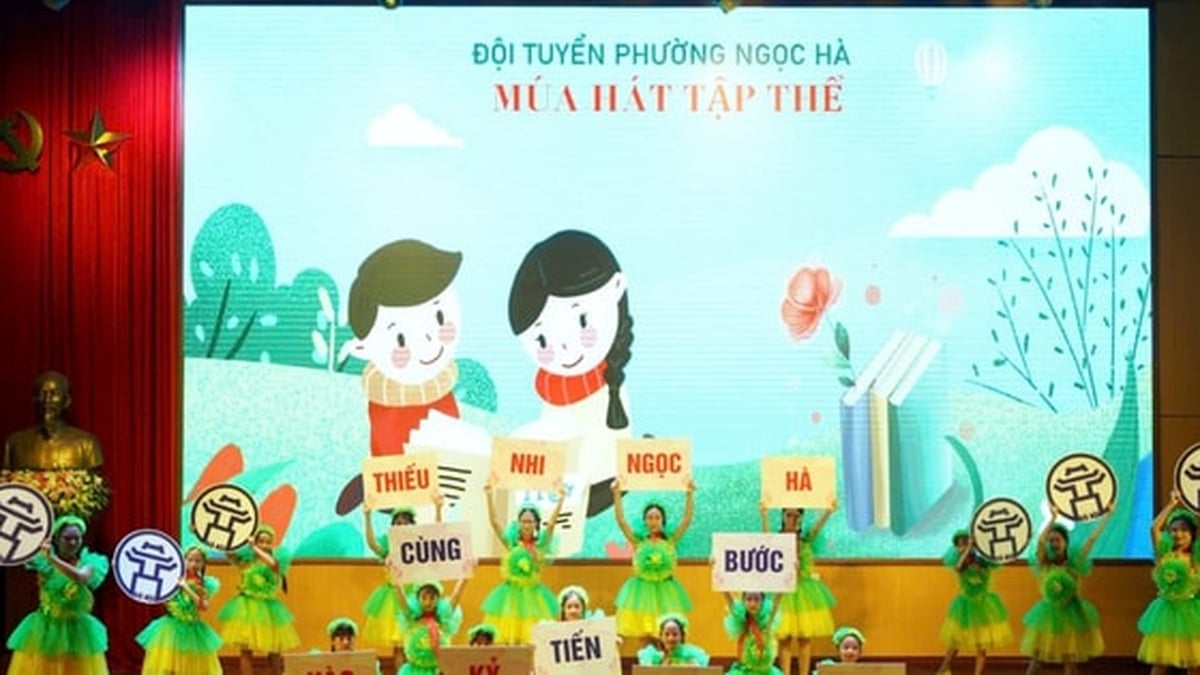

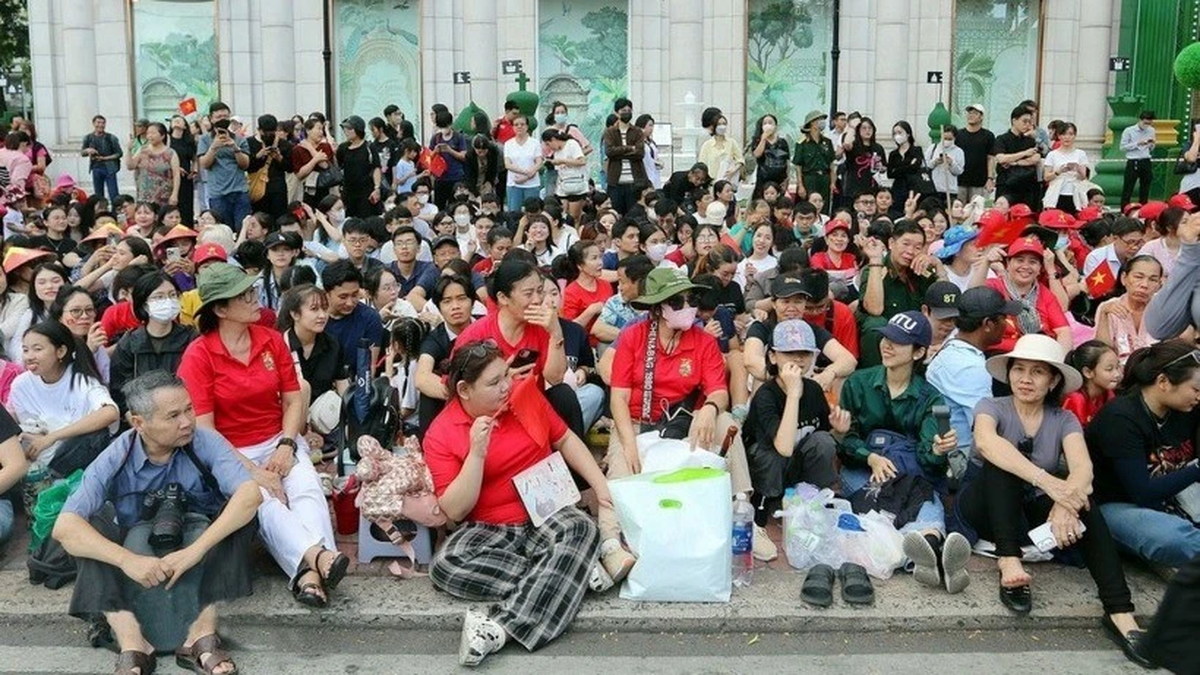
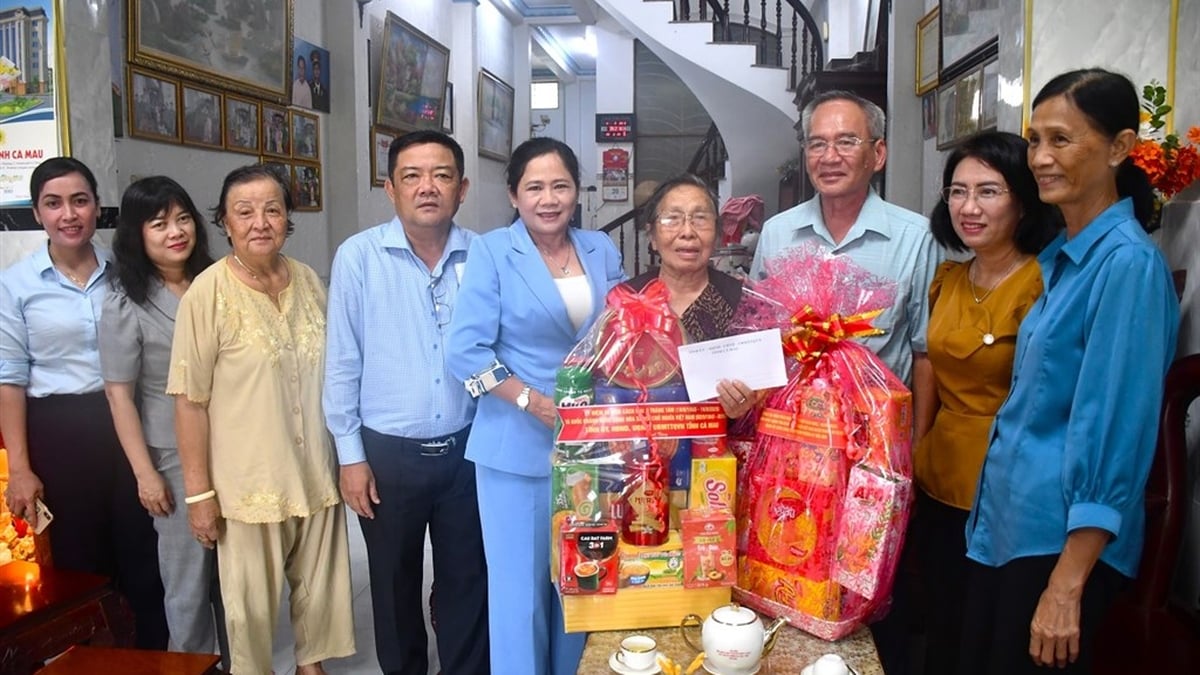
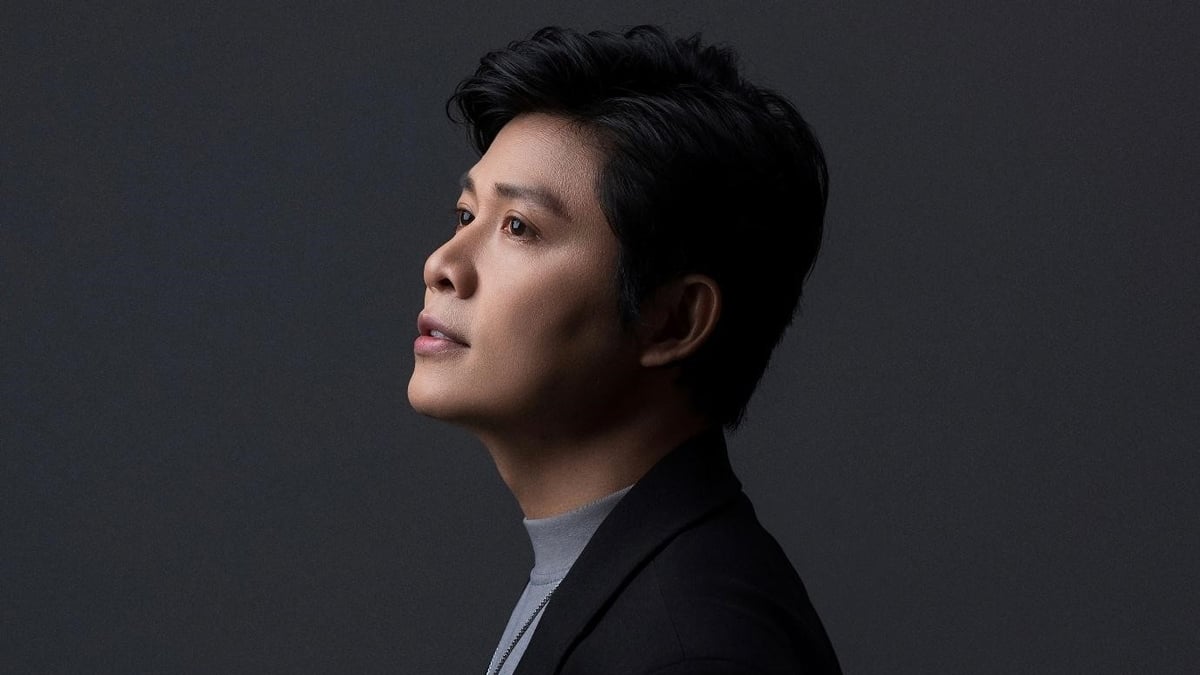






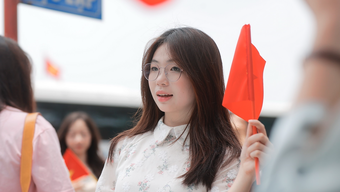

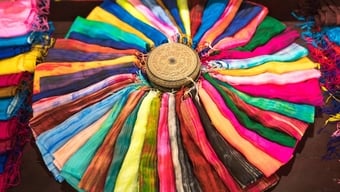








![[Photo] Politburo works with Standing Committees of Lang Son and Bac Ninh Provincial Party Committees](https://vphoto.vietnam.vn/thumb/1200x675/vietnam/resource/IMAGE/2025/8/20/0666629afb39421d8e1bd8922a0537e6)


![[Photo] An Phu intersection project connecting Ho Chi Minh City-Long Thanh-Dau Giay expressway behind schedule](https://vphoto.vietnam.vn/thumb/1200x675/vietnam/resource/IMAGE/2025/8/21/1ad80e9dd8944150bb72e6c49ecc7e08)

![[Photo] Prime Minister Pham Minh Chinh receives Australian Foreign Minister Penny Wong](https://vphoto.vietnam.vn/thumb/1200x675/vietnam/resource/IMAGE/2025/8/20/f5d413a946444bd2be288d6b700afc33)
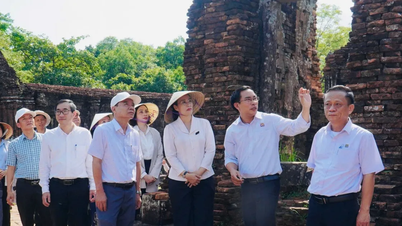



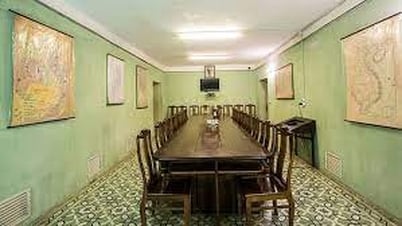





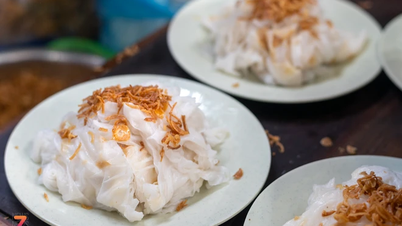



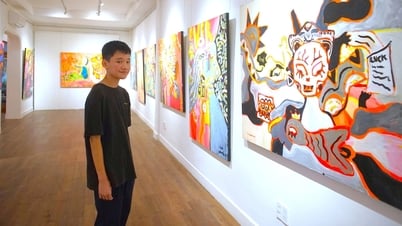

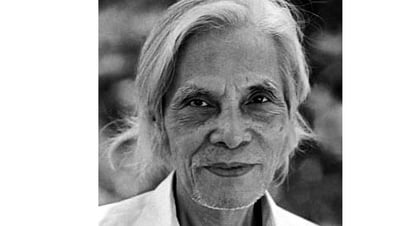

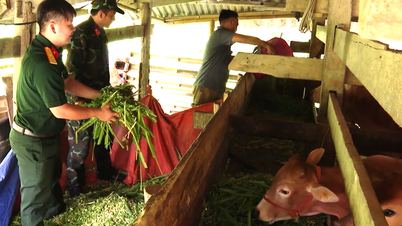



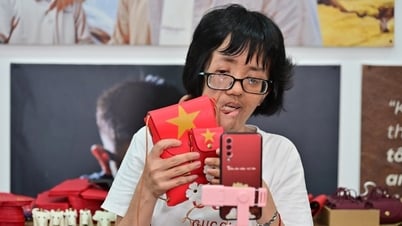














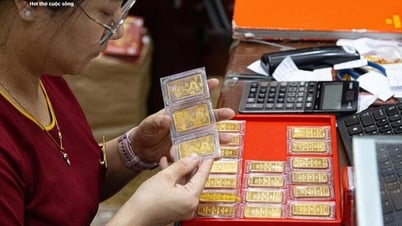


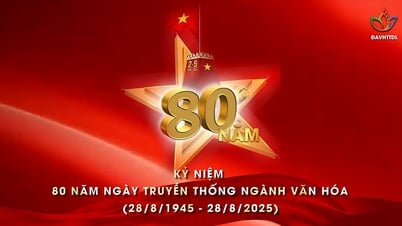
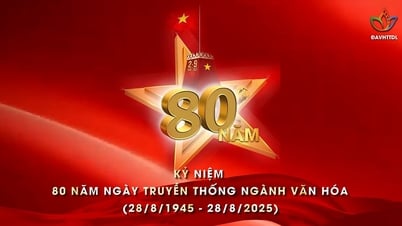


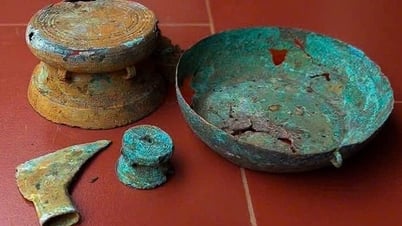
















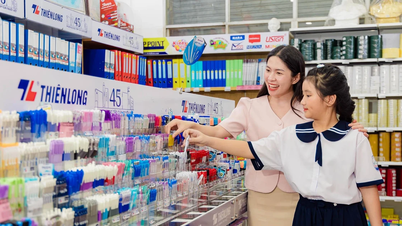










Comment (0)